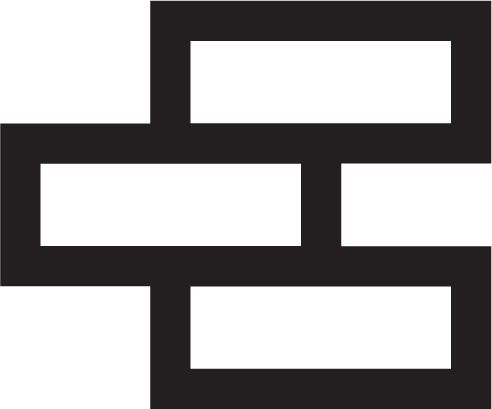Scanning the Reality Capture Landscape
Intro
We start out today reflecting on Lee Evey, an interesting guest from a couple former episodes (part one, part two). Then we get going on the conversation with today’s guest, Matthew Byrd, who started the Reality Capture Network.
Matthew gives us a run-down of his career preceding RCN and what drove him to start this conference. He talks about the lack of equipment knowledge he saw among reality-capture practitioners.
Matthew already had a podcast and an active LinkedIn presence, so in 2020, he decided to be part of the solution. He and his team wasted no time. They set a date three months out and starting organizing.
It went amazingly well. The vendor booths were full. Presenters came onboard. Clearly there was substantial interest.
One of his favorite things to do
That was all four years ago. Since then, RCN has become one of Matthew’s favorite things to do. It’s not because of the cool tech, it’s because of the satisfaction he feels in seeing people’s problems being solved.
Eddie asks Matthew to share about a cool airport project he’d worked on recently. This one was incredibly complex. The logistical complications (TSA, air-traffic control, etc.). Matthew’s team used a wide range of tactics, all of which needed to be handled in new ways due to airport regulations.
We discuss mobile-mapping drift issues, survey control points, deviation, and cross-referencing techniques.
How scale affects reality-capture decisions
Tyler asks about when reality capture is truly needed. Matthew discusses circumstances when accuracy matters. If he’s forced to give a number, he said that a project of 10,000 square feet or more should involve reality capture.
We discuss issues of liability and expertise–who should be handling this equipment and for which parts of the scan process should a true expert be called in.
Eddie asks about mobile scanning devices and their accuracy. Matthew discusses big drones for survey-mapping solutions. He lists a number of other solutions for specific use cases. Matthew shares about some failed equipment designs from the past.
He says that when people excitedly ask him what’s next, he says he’s really more interested in what’s most reliable.
Dealing with data–lots and lots of data
Eddie asks for some insights for those who have gotten in over their head. One of the main suggestions Matthew shares has to do with buying the proper equipment for processing the massive amounts of data produced by scans.
Scanning is about 20% of the job, he says. The other 80% requires hefty processing power. Matthew talks about the point when his team started building their own computers and eventually worked toward solutions provided by Dell.
He also discusses the challenges of finding the right people to optimize these computers to handle the data. It’s all about creative ways to employ the data, Matthew says. Almost every industry is finding ways to apply this technology. This means that some of the work is going to be outsourced. Matthew shares some insights about that.
How to keep them from staring
Eddie asks how to keep people on the jobsite from staring into the laser while it’s doing its work. Matthew shares the history and humor of that challenge.
We discuss software and the data-cleaning process. Matthew says that if the scan is done properly, filters can handle most of that.
Megaphone message
Matthew’s message: Don’t be afraid of change. Pursue innovation. Try new things. Be the learner.
Check out the Reality Capture Network and the RCN Podcast
Find Matthew on LinkedIn
Check out the partners that make our show possible.
Find Us Online: BrosPodcast.com - LinkedIn - Youtube - Instagram - Facebook - TikTok - Eddie's LinkedIn - Tyler's LinkedIn
If you enjoy the podcast, please rate us on Apple Podcasts, Spotify, or wherever you listen to us! Thanks for listening

